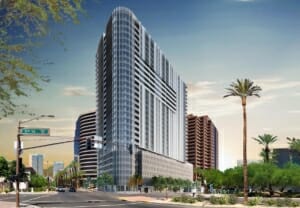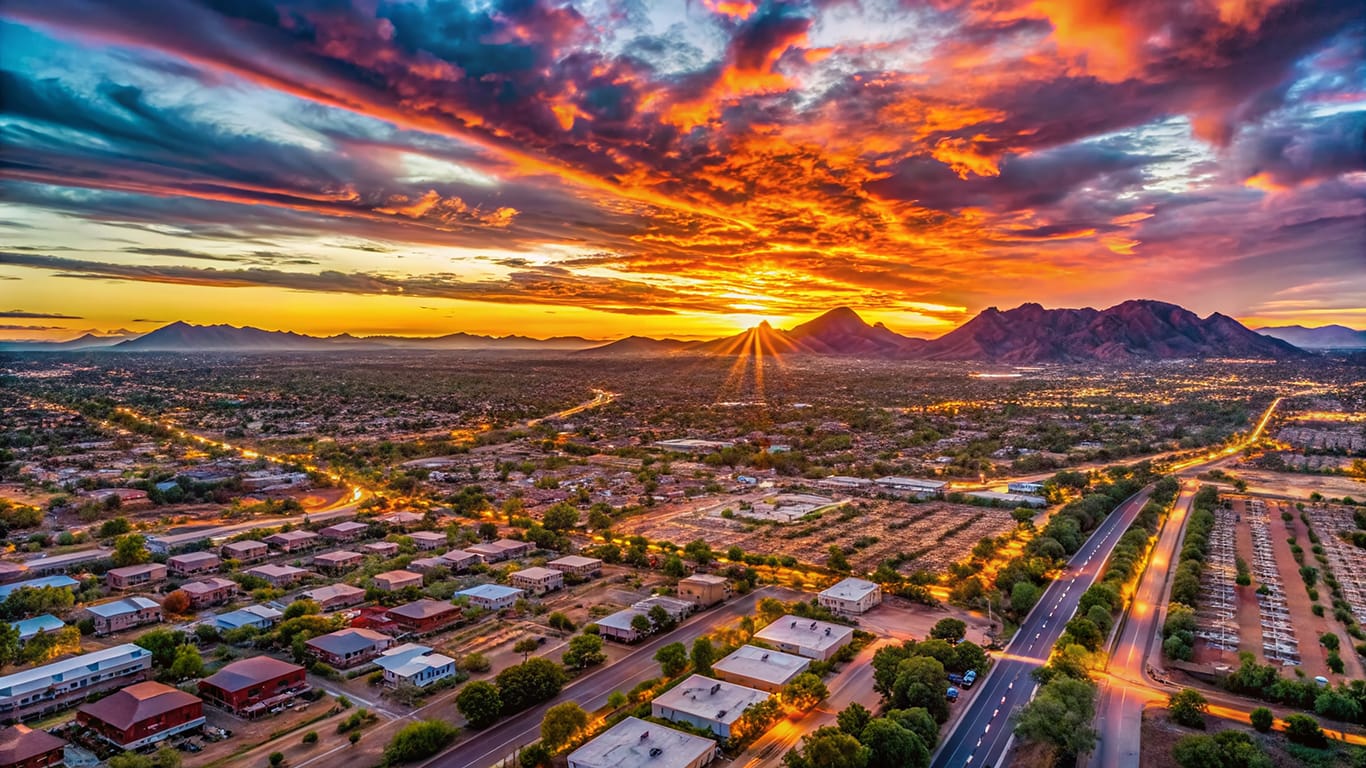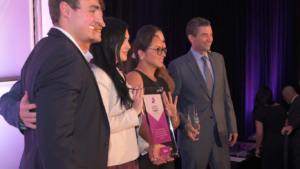The American Southwest isn’t just growing—it’s booming. In just the last five years, Phoenix rocketed to be the nation’s fifth most populous city. With a low tax base, a diverse economy, access to a world-class higher education enterprise, and unmatched power generation, the region is on a trajectory to become the country’s next great hub of innovation and prosperity.
MORE NEWS: Cheers, applause, admiration: Huge crowd honors Arizona’s top companies
But here’s the truth: unsustainable growth quickly becomes a gluttonous liability. To seize this moment, we must dream, design, plan—and build—with resilience in mind. Our challenges may not be the hurricanes of the east, earthquakes of the west, or seemingly relentless wildfires of the north. Ours is a challenge to dream bigger and design smarter. That way we can build a more sustainable infrastructure base which can adapt to greater temperature swings, recycle more water, and generate, store and deploy energy on demand, all while maintaining a vibrant living environment.

I’ve spent three decades building across the Southwest. This includes diverse projects such as laboratories, food and beverage plants, advanced manufacturing and healthcare facilities, inspiring mixed-use developments, and unparalleled computational infrastructure. I’ve seen firsthand what it takes to make this region thrive. The unique nature of the Southwest requires that we rethink how we design. This includes everything from the materials we use, the technology we deploy, and the processes which guide our work to how we get our people to think differently about the built environment. We build a project based not only on what it needs to do now, but what it needs to be for the future.
For example, at Clayco, we’re innovating in a variety of ways, including through cooler, greener, and smarter materials. This means deploying advanced concrete mixes and finishes that trap carbon and air to reflect solar gain and reduce heat. It also includes using dynamic engineering models that allow for thermal expansion and contraction to ensure steel connections hold strong even in extreme temperatures.
New technologies have enabled us to use smarter energy systems that store thermal energy as ice using off-peak energy. We can then turn around and deploy the ice as chilled water when energy demand spikes to stave off unstable electrical peaks-and-valleys. Smart energy management also includes designing and installing adaptive features like solar structures which create usable shade areas and thermal recycling systems that keep buildings cool all while they cut energy use.
All these developments together lead to the prioritization of green spaces that enhance the human spirit. From the native landscapes at PALMtower in downtown Phoenix to parks woven into our Tempe Town Lake development, we’re proving that urban design can contest heat, conserve water, and strengthen communities all at the same time.
Equally critical in this moment is talent. Growth in the Southwest won’t just be measured in square footage, but also in the development of its people—from reskilled workers shifting from the oil and gas to food and beverage industries to a distribution workforce advancing into high-tech construction careers. The Southwest continues to be the proving ground for the American dream, powered by opportunity and adaptability.
The momentum is undeniable. But the ceiling for Phoenix—and the Southwest as a whole—depends on the choices we make today. If we continue investing in resilient design, sustainable infrastructure, and an adaptively skilled workforce, there is no limit to what we can achieve.
The future of America’s next frontier is being built right now. Let’s build it to last.
Author: Ryan Abbott is President of the Southwest Region for Clayco, a top design-build real estate and construction firm.




